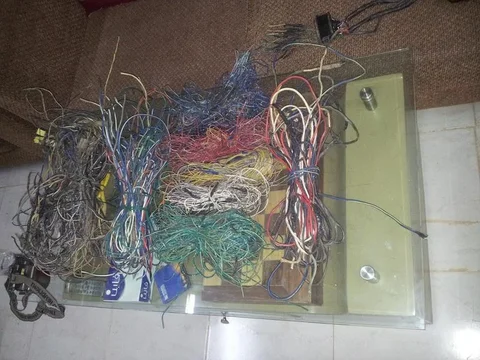On your rear sunroof drains: They drain through a hose down the rear and should actually stick out the bottom of the rear floor pan in the area of the inner rear fender well. There is a rubber grommet around the hose to hold it as well as seal it into place. You don't want it draining into your fender well or you will have the sediment mess you already have as well as rust. Check your front rocker panels as well to make sure they are not filled with dirt and sediment, as the front drains empty into the rocker panels and are supposed to be able to drain through the slits. Based on what I see, yours are probably full.....screwdriver and garden hose....
On the lubrication on the sunroof, if you can find any silicone based lubricants, that will help repel the dust and dirt in the environment you are in. Petroleum lubricants will tend to attract the dirt and turn it into an abrasive goo that will wear out parts and make them gum up. Don't know if graphite or dry white Teflon lubricants will work in those parts or not. Since availability is tough for you, use what you have and deal with the consequences of having to clean and rebuild every so often.
On the frame weld repair, make sure to lay a plate over top of the weld you have already done and stitch weld it all round as a patch plate. this will strengthen the joint. Welding to the frame creates a brittle area around the weld called the Heat Affected Zone (HAZ) and that is the area that breaks under strain and repeated flexing and loading. Semi truck do repairs like that by welding the crack, then laying a small plate on the inside of the frame and stitch welding around it, then laying a larger plate on the outside and stitch welding around that one in a different pattern. If both inner and outer plates were the same size and location, it gives a "can opener" affect and will allow the forces to line up and break rather than allowing the flex.
On the wiring, use as large of wires as you can for the wiring harness, particularly for the power wires. In DC voltage, the amperages are high which increases the heat due to current flow. If you go with a larger wire, the current loss (through heat) is reduced and the system works better. If in doubt, use larger wire. Mr. T used the wires he did to A) reduce cost, B) reduce weight. I think those two items are the least of your worries.
Good Luck!
Duct tape, baling wire, WD 40, and silicone caulk...all the major tools you need.


